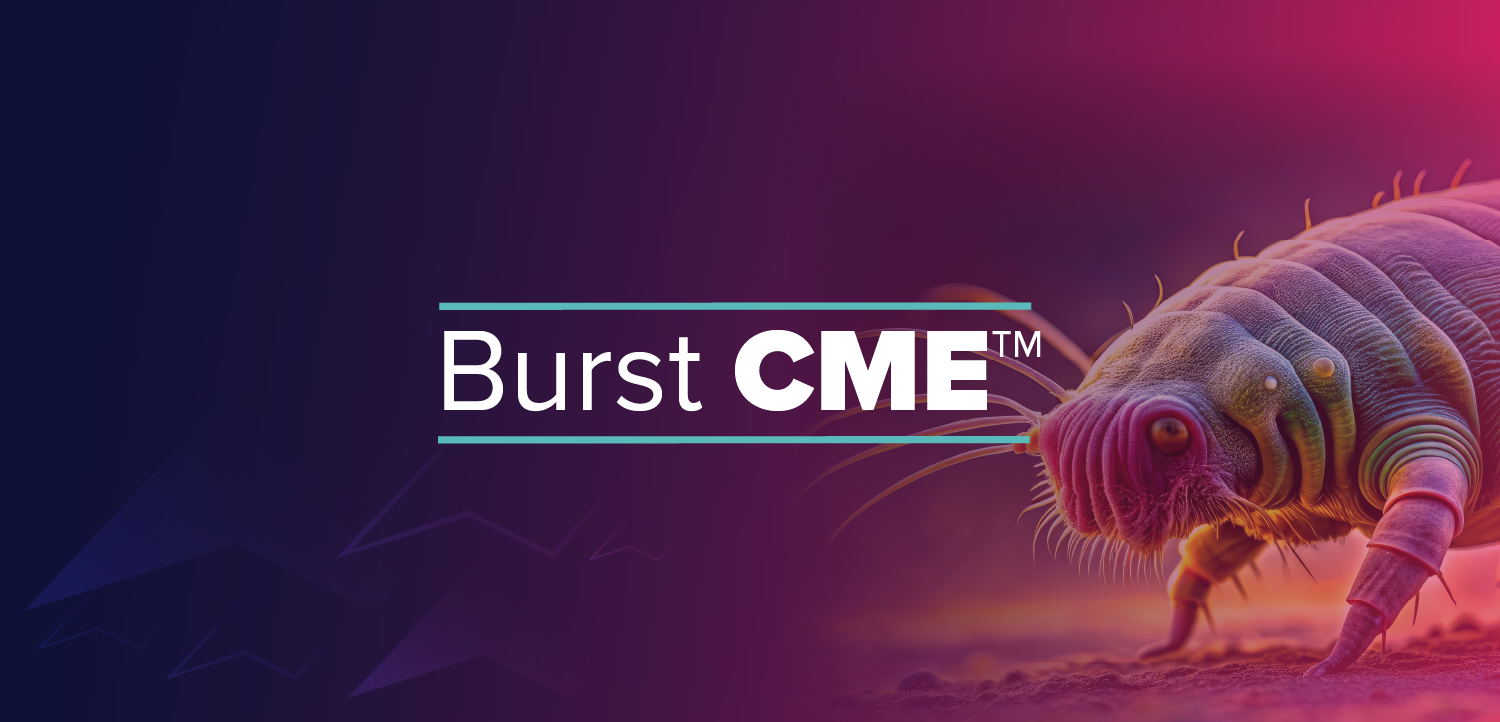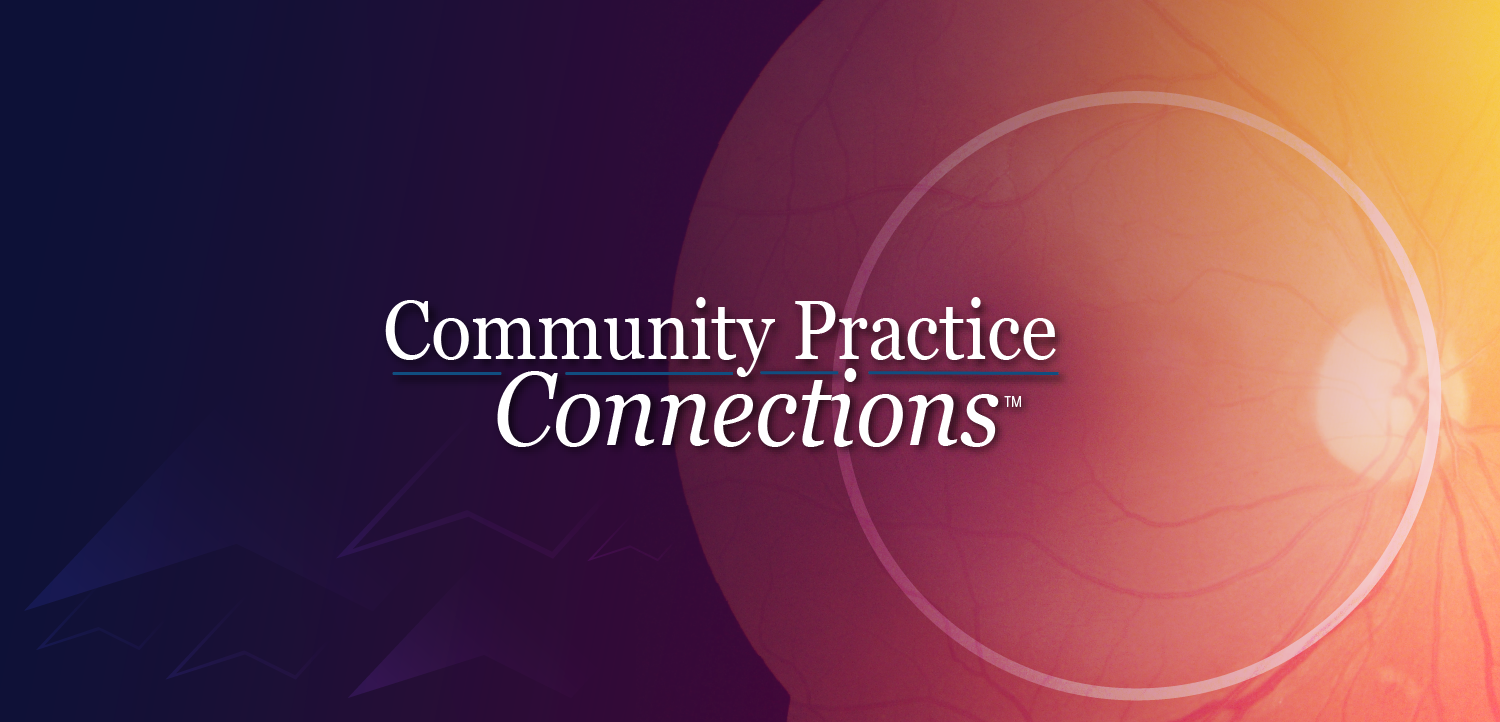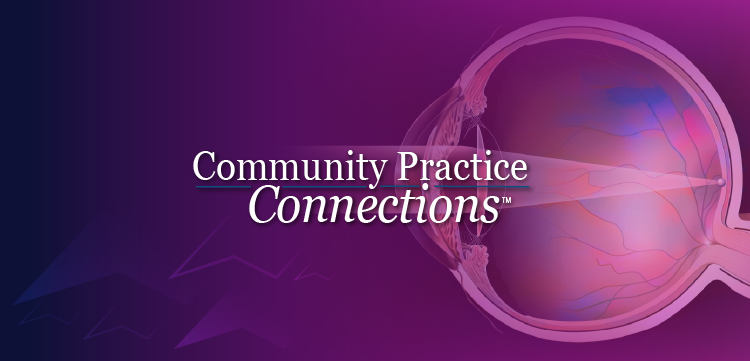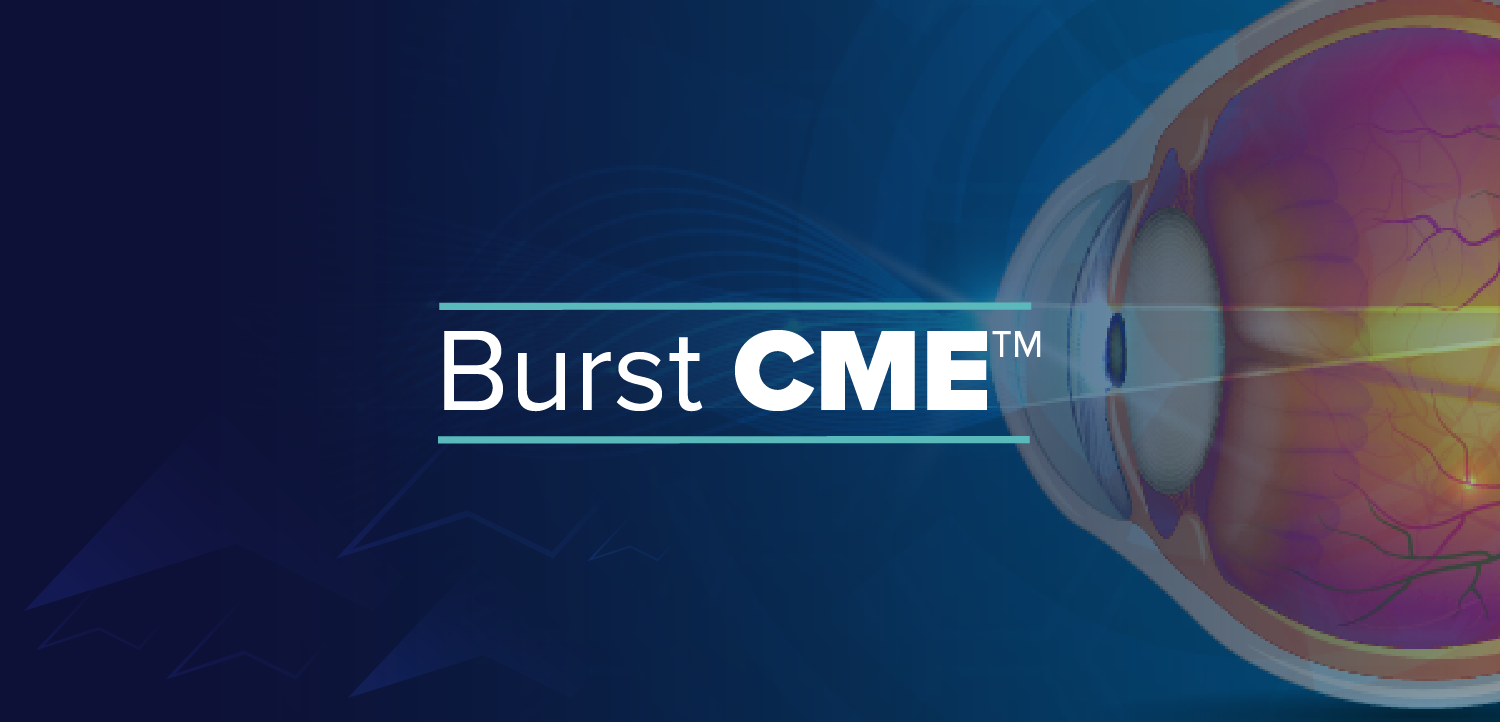Advantages of OCT
According to Professor Albert Augustin, OCT is mandatory in research and very helpful in avoiding unnecessary treatment.
According to Professor Albert Augustin, OCT is mandatory in research and very helpful in avoiding unnecessary treatment. He described his viewpoint in this month's cover feature on retina imaging.
"One of the major advantages of SD-OCT is the ability to create 3D samples of the tissue…" Prof. Augustin said. This enables more insight and better understanding as much more detail can be seen.
Not only can OCT technology assist in a surgeons preoperative judgement of a patient but it can also help with the decision on treatment regimen. In planning surgery a physician can use SD-OCT to perform a correct prognosis on a patient as it will allow them to view any alterations occurring, for example, in the RPE. Once the correct prognosis has been made then the level of detail gained form an OCT image can be used to guide the practitioner to the appropriate procedure.
Surgical follow-up of a patient can also benefit from OCT. In cases of retinal vein occlusion it is possible to view bright reflective dots that are inflammatory markers that should react on the implantation of dexamethasone slow release devices. "Differences in the numbers of these dots can be assessed by OCT during the follow up of a RVO patient," said Prof. Augustin.
OCT is interesting in research and clinical follow up in Prof. Augustin's opinion. However, he stressed that in cases of AMD OCT is mandatory and the images must be viewed carefully. It is simple to misinterpret results leading to an incorrect diagnosis and mistreatment of patients.
In conclusion, Prof. Augustin said, "I would like to encourage the use of OCT, especially in macular disesases."
If you would like to read more about the advantages of OCT, see Prof. Augustin's full article in the May print issue of OTEurope.
Newsletter
Get the essential updates shaping the future of pharma manufacturing and compliance—subscribe today to Pharmaceutical Technology and never miss a breakthrough.











































